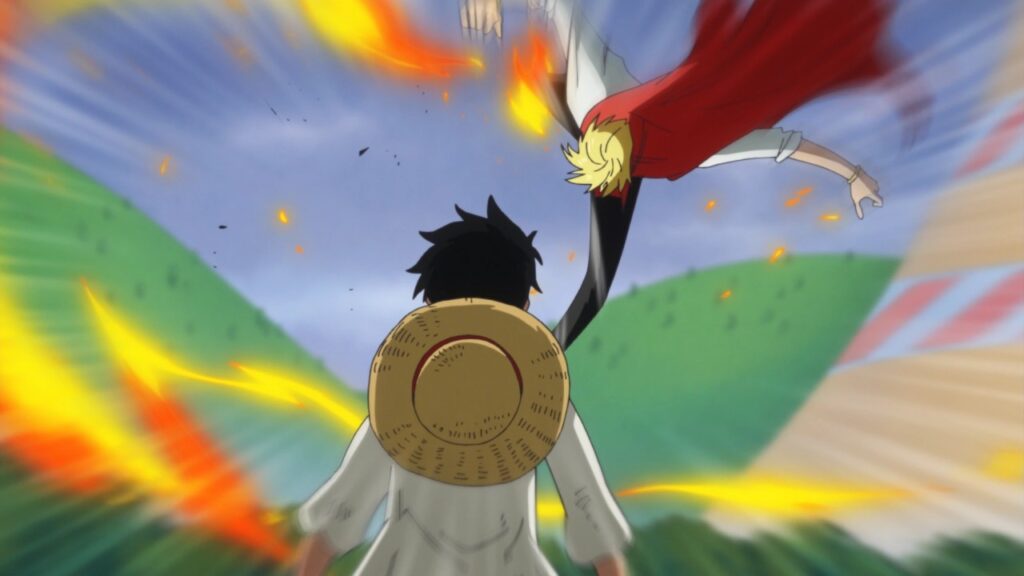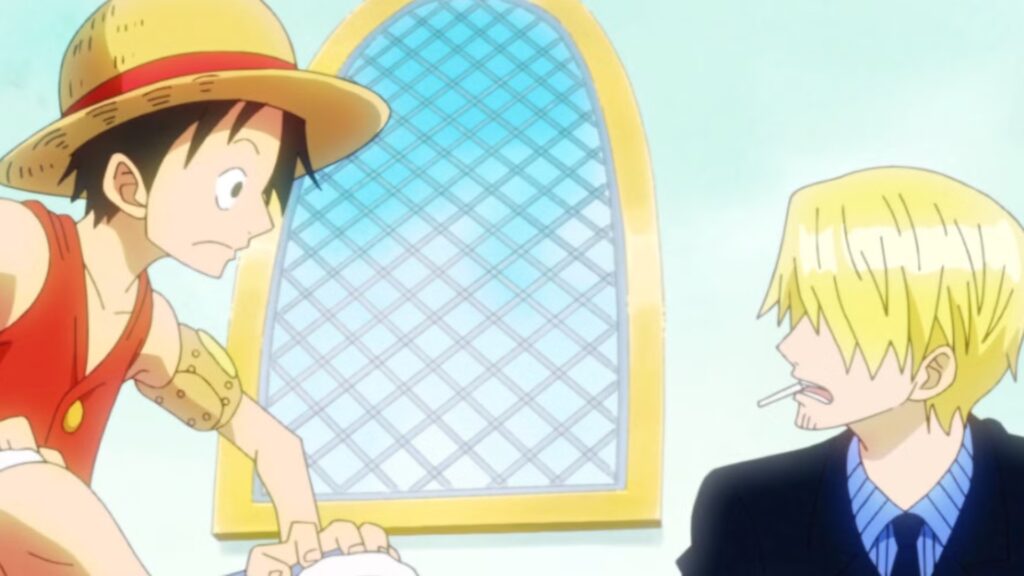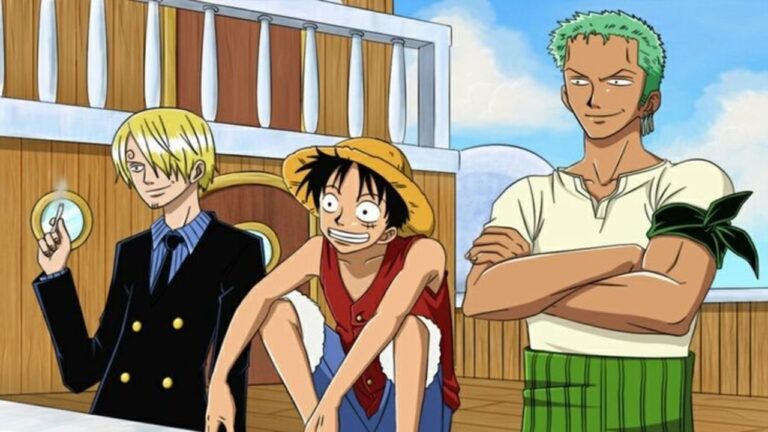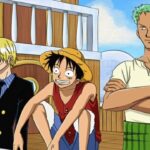When we look back at the Whole Cake Island arc, one of the questions that keeps sparking discussion is why Monkey D. Luffy did not bring Roronoa Zoro along when he set out to rescue Vinsmoke Sanji. On the surface, it might seem like a strange choice. After all, Zoro is Luffy’s right-hand man, and their combined strength has often been the backbone of the Straw Hat Pirates during dangerous missions. This decision comes after the events on Zou, where Luffy and Momonosuke discovered they could hear the voice of Zunesha, revealing hidden layers in the world of One Piece.
At the same time, the long-standing comic rivalry between Zoro and Sanji adds another layer of tension that Luffy has to navigate. Considering Zoro’s actions at Thriller Bark, where his iconic “Nothing happened” response showed unwavering loyalty to Luffy, we can see that Luffy’s choice reflects both strategy and understanding of his crew rather than simple oversight.
Luffy’s Choice to leave Zoro behind was Strategy, and Trust in Straw Hat’s Balance as they Split between Saving Sanji and Preparing for War in Wano

Several interconnected reasons explain why Luffy did not take Zoro, starting with the strategic division of the crew. At the end of the Zou arc, the Straw Hats and their allies had formed the Ninja-Pirate-Mink-Samurai Alliance with the explicit goal of defeating Kaidou and liberating Wano. Preparing for this confrontation required careful planning. To that end, the crew split into two teams. The Wano team, which included Zoro, Usopp, Robin, and Franky, was sent ahead to establish a foothold in Wano, gather intelligence, and prepare for the larger battle. Meanwhile, the Whole Cake Island team, consisting of Luffy, Nami, Chopper, Pedro, Pekoms, Brook, and, technically Carrot, who wasn’t even a part of the team initially. They focused on a smaller, precise objective, which was rescuing Sanji from an arranged marriage orchestrated by Big Mom. Sending Zoro to Whole Cake Island would have weakened the Wano team’s position and risked derailing the alliance’s long-term strategy.
The specific nature of Sanji’s rescue mission also explains why Zoro was not included. This mission was never intended as a full-scale assault or confrontation. It was a covert operation requiring subtlety and discretion. Bringing in a swordsman like Zoro, whose presence alone signals imminent combat, would have increased the risk of open conflict and drawn attention from Big Mom’s forces. In addition, Sanji had requested that the crew stay out of his personal struggle. While Luffy ultimately ignored this request in terms of action, he respected it enough to keep the rescue party small, balancing loyalty to his friend with practical considerations.
Another critical reason lies in the volatile dynamic between Zoro and Sanji. Luffy, though often considered dense, has an instinctive understanding of his crew. He likely recognized that having Zoro on the mission could lead to a dangerous confrontation. At Thriller Bark, Zoro’s iconic “Nothing happened” moment showed his absolute loyalty to Luffy and his willingness to let go of his personal ambitions for the captain’s sake. This loyalty comes with strict boundaries. Zoro cannot tolerate disrespect or attacks on Luffy, and his sense of honor would not allow him to hold back if Sanji insulted or physically struck their captain.
Luffy’s Decision to face Sanji was an act of Trust, and Leadership that Revealed How Deeply he Understands the Hearts of his Crewmates

During Whole Cake Island, Sanji found himself in a situation where he had to protect those he loved, including Zeff and the Baratie crew. He was coerced into rejecting Luffy under extreme pressure, and the emotional strain on him was immense. If Zoro had been present, the natural result would likely have been a lethal confrontation. Zoro’s reaction to Sanji’s words or attacks could have endangered the entire mission, broken the crew’s cohesion, and potentially resulted in tragedy. Luffy understood this, and his decision to handle the situation himself shows a rational approach rather than thoughtlessness. He knew that his unique bond with Sanji allowed him to navigate the situation safely.
Furthermore, the arc itself gives us insight into the complexity of Luffy’s leadership. He balances instinct, strategy, and personal understanding of his crew. The choice to leave Zoro behind was not just strategic but also personal. It ensured that the mission could succeed without unnecessary conflict while maintaining the integrity of the crew. This decision also hints at the layers in the story that Eiichiro Oda has built. From Zunesha’s revelation in Zou to the way Luffy interprets the voices that others cannot hear, the arc shows us that actions are rarely straightforward. Each decision carries implications that affect the crew, their relationships, and the broader world they inhabit.
Ultimately, the question of why Luffy did not take Zoro is a reminder of the depth of the narrative. Luffy’s choice combines strategy, character insight, and anticipation of human behavior in a way that reflects the layered storytelling of the series. It is a moment that encourages us to think about loyalty, leadership, and the personal sacrifices characters make for one another. As with many aspects of the story, the answer is not fully spelled out, leaving us with room to interpret, discuss, and explore the many dimensions of these characters and their journey.





This is an interesting question as well as a point, because tbh whole cake island arc was a bit off as Zoro had no action. But the angle you mentioned here does make sense, definitely a new perspective and it’s interesting to read too! Keep up the amazing work